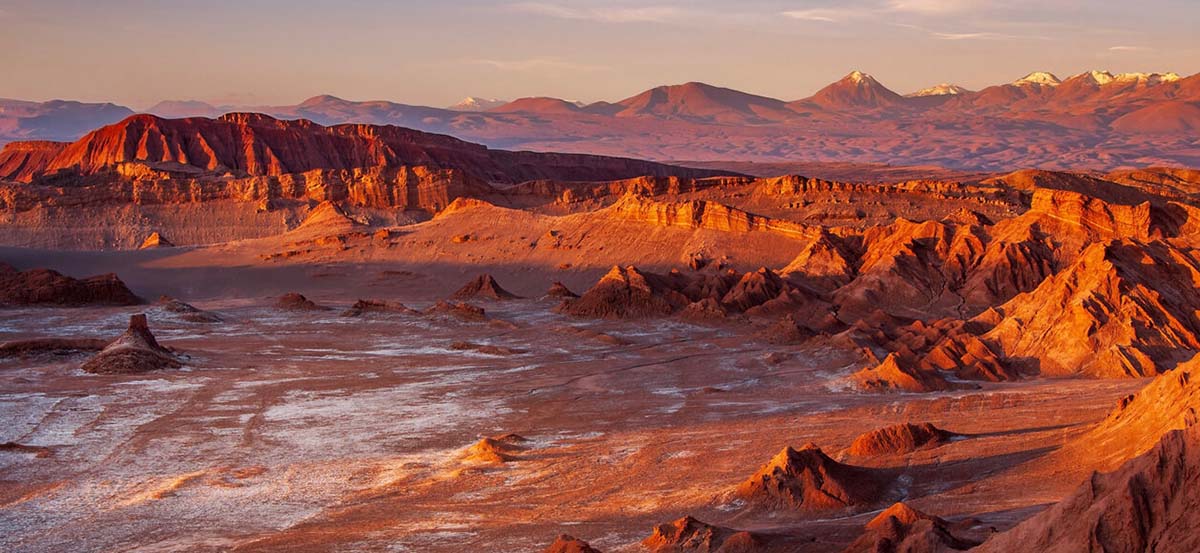
If you like deserts, you have surely heard of the Atacama Desert, the most famous desert in South America, located in Chile. It is the driest non-polar desert and the largest foggy desert in the world.
It is very big and you can visit it, so here we tell you how it is and when to visit the Atacama desert.
Atacama Desert
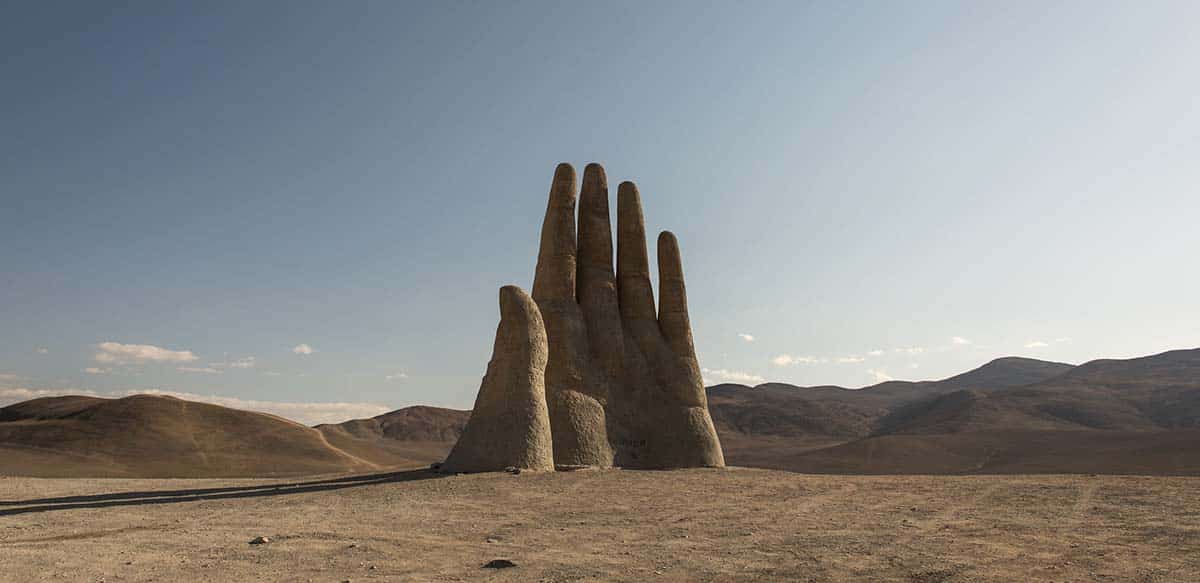
Atacama desert It has an area of 1600 km., is on the Pacific coast, west of the Andes, in Chile. It's about a rocky terrain, with saline lakes, sand, and volcanic rock.
Suffer extreme temperatures, because it is exposed to both the Humboldt ocean current and the anticlonic current of the Pacific. Although one thinks of a desert as an arid place, the Atacama Desert was, until not long ago, a place with trees that It was deforested with mining in the XNUMXth and XNUMXth centuries.
Basically it is a hot, ancient and dry desert. It is said to be the oldest desert on the planet and its semi-arid conditions are already 150 million years old (according to Nature Magazine). The heart of the desert has been hyper-arid for at least the last 15 million years, thanks to the combined action of its geology and the atmospheric conditions of the place. That's why it's the area where NASA tests instruments and does laboratory investigations of missions to Mars.
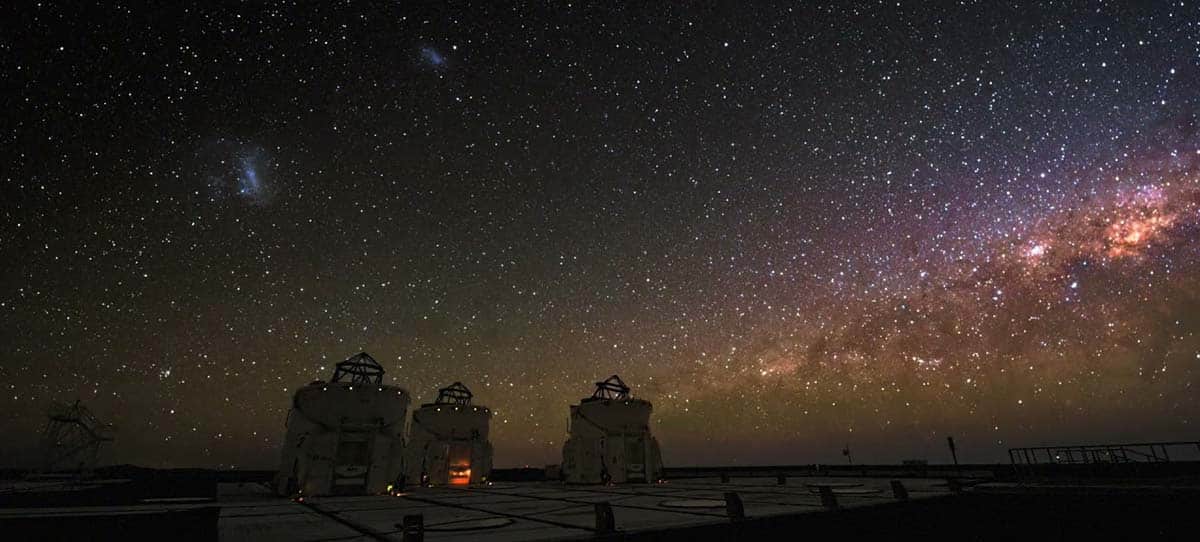
It is that this hyper arid heart almost prevents the existence of plants or animals and there is only some life in the form of microbes, super resistant to rain and floods and heat. And they say climate change will only make the storms here stronger by making the weather much more variable too, so instead of making the desert eventually drier, it looks like climate change will make it wetter. In the meantime, the Atacama Desert may help scientists see how humans can survive on Mars.
The desert rest at the foot of the Andes, mountain range that blocked the arrival of the rains from the east. To the west, the cold air from the Pacific promotes the atmospheric conditions for the evaporation of seawater, thus preventing the formation of rain clouds. In other deserts of the world the temperatures can be very high, but here the average temperature during the year is much warmer and is around 18ºC.
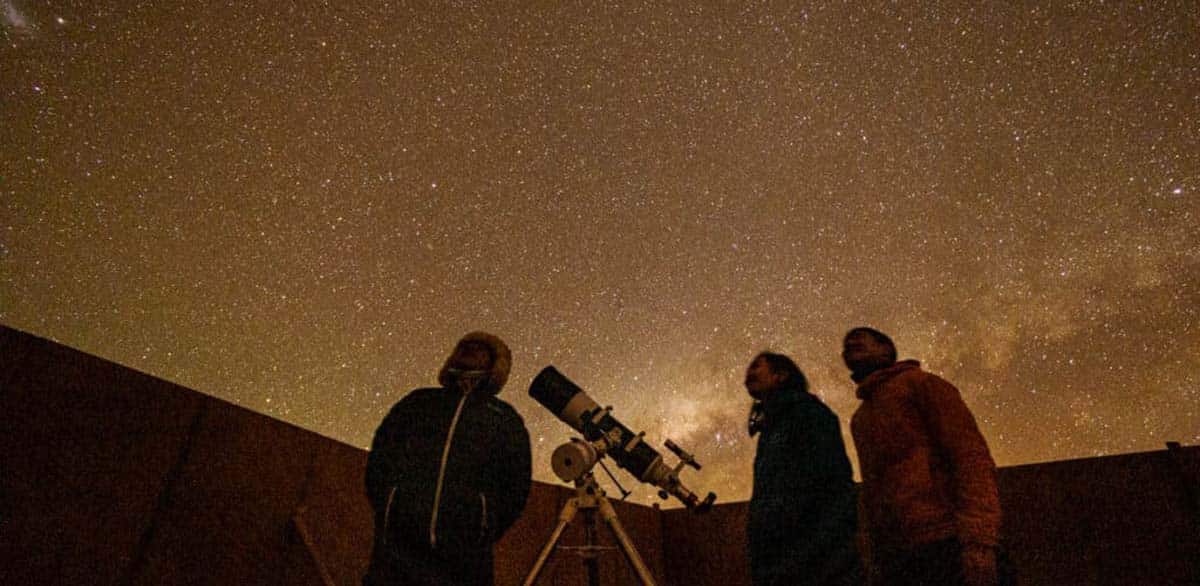
Atacama desert It is one of the best places in the world to see the secrets of the universe and for this reason it is usually visited by astronomers, amateurs and professionals. The desert has 330 nights a year without clouds so it is simply a wonderful window to the universe, and for this very reason there are many observatories: there is the so-called ALMA, a network of 66 telescopes which are managed by scientific organizers from around the world, from Europe, North America, East Asia and of course, Chile.
The European Space Agency telescope, for example, located a planetary system similar to ours about 40 light-years away, and along with others, has been introducing us to the mysteries of our galaxy. But as I said before, amateur astronomers also come here doing exactly what has been called "astrotourism". And is that currently there are more than 10 observatories, many of them close to San Pedro de Atacama (ALMA, Alarkapin, Paranal).
To the south are the Mamalluca, Collowuara, Tololo and Las Campanas observatories, just to name a few. And how can we sign up to tour these sites? Take note: in La Serena, in the Elqui Valley, in Antofagasta, Iquique or San Pedro de Atacama there are agencies that offer these astrotourism tours: They include lodging, transportation and observation equipment.
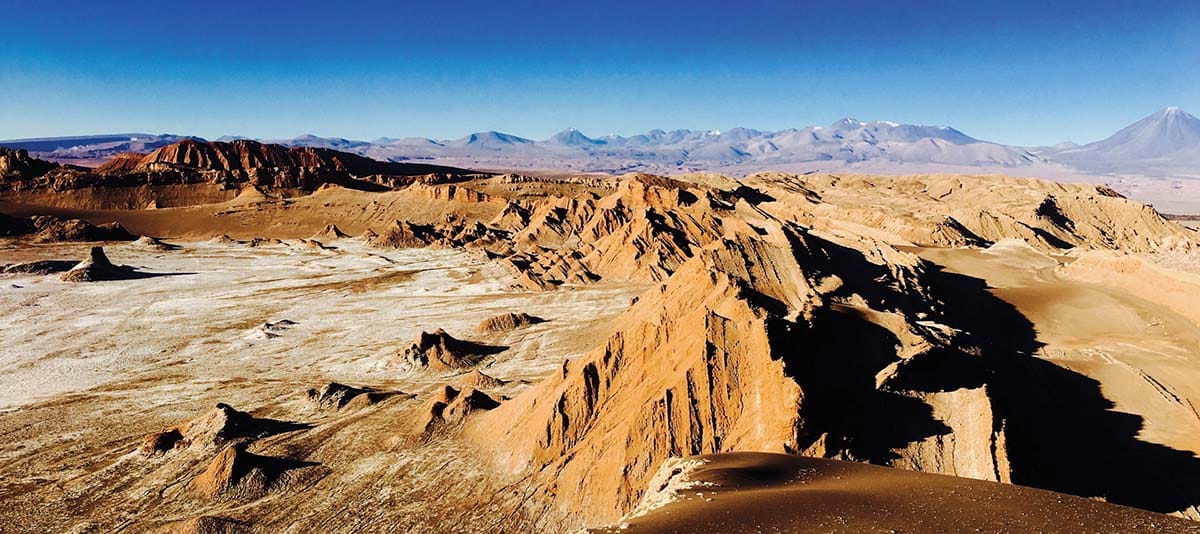
And of course, it's about doing visit the observatories and their facilities and contemplate stars. Calculate that a tour like this lasts about 5 days and covers an average distance of 259 kilometers. The closest town to the desert is San Pedro de Atacama, a place that we can reach by private car or by bus from Calama, in Chile, or, if you are in Argentina, from Salta. It is the most recommended starting point.
The road to San Pedro de Atacama, the oldest town in Chile, is full of beautiful landscapes, whether you go by land or by air, by plane. The Andes give way to the brown terrain of the desert, to its flat plains studded with canyons. The road between San Pedro and Calama by land is 100 kilometers, being a desert tour, as if you were walking on the Moon. Then, little by little, the Andes loom on the horizon and when you arrive in San Pedro it is as if you have reached a green oasis surrounded by mountains, a salt lake and sand dunes.
By bus, the route takes almost an hour and a half, linking San Pedro with the Calama airport. Many travelers rent a car in Calama or share a transfer from its airport to San Pedro to take excursions from there. If you opt for the bus per week there are generally 145 services. The cheapest way is using this transport, but the fastest is taking a taxi.
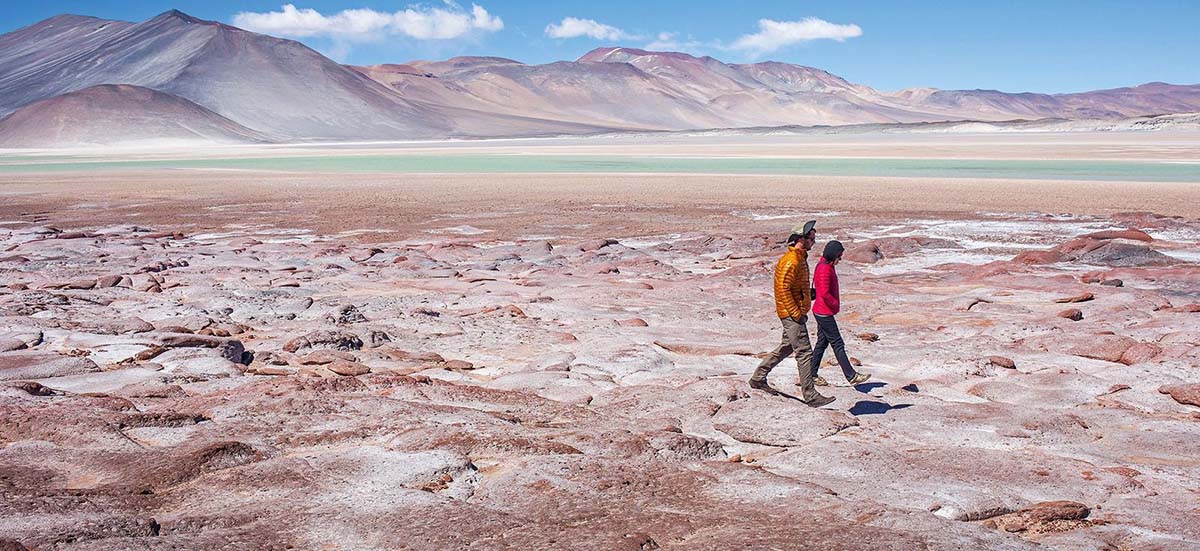
The most popular tours to the Atacama Desert start at the Salar, the Valley of the Moon, the Tatio geysers. But beyond the landscapes you can also go during the carnival season, very beautiful and colorful parties. The most important is the Carnival Con la Fuerza del Sol, in the city of Arica, but there is also the Carnival of Our Lady of Ayquina or the festival of La Tirana. And I speak of carnivals because more than it is a desert, the human presence exists.
The desert has been the cradle of many pre-Columbian civilizations, so its legacy can be seen in rock art and in the present presence of other peoples. For this you can visit Azapa or the Valle de Lluta, the Pucará de Quitor or the Aldea de Tulor, in San Pedro, for example.
So, basically if you go to the Ataca Desert you cannot miss San Pedro, the Pucará de Quitor and the Valle de Marte, the Baltinache, Chaxa, Altiplánica and Cejar lagoons, the so-called Piedras Rojas and the Aguas Calientes Salt Flat, the Tatio geysers, the Valley of the Moon and the viewpoint of Kari and the Rainbow Valley.
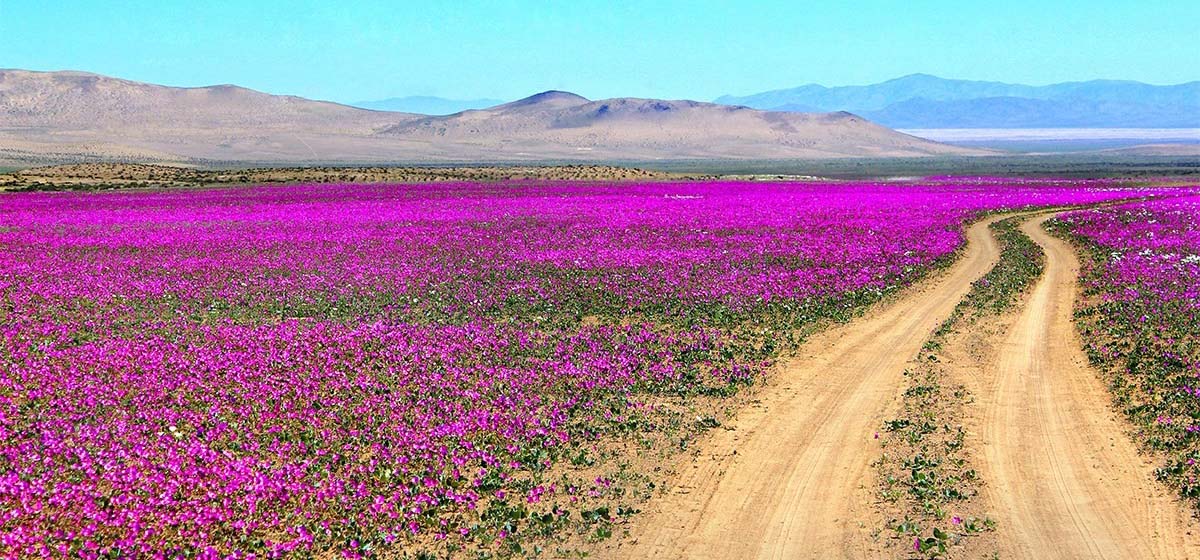
Finely, When is the best time to go to the Atacama Desert? The best months, due to the good weather, go from January to April and from September to December, including. The warmest months are January, February and March and October, November and December. The driest are from April to December. And July is the coldest month.
Being like this, the high season, with more tourists, is February, September, October and November, being the maximum peak in January and December. Low season begins in March and runs through August, with the lowest peak being in June.
No matter what time you go, always wear summer clothes and winter clothes. Temperatures are hot during the day and very cold at night. Also, if you are going to visit the Tatio geysers or the Altiplanic Lagoons, wear a coat.